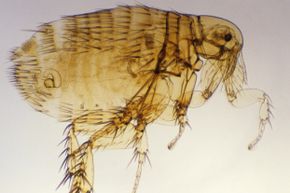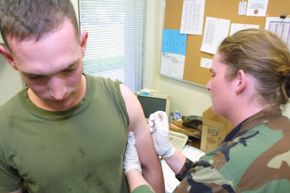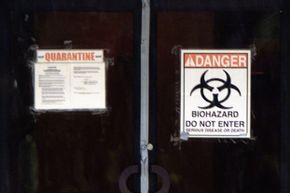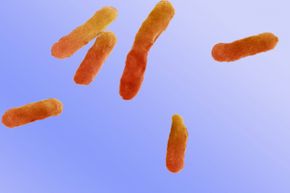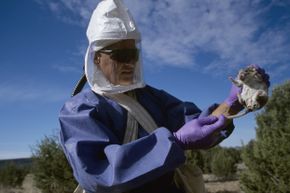Between the West African Ebola outbreak or even the Disneyland measles mess, it's no wonder people in the 21st century have infectious diseases on the brain (though we hope not literally). Add bioterror fears, stoked by post-9/11 anthrax mailings and long-smoldering concerns about possibly insecure Soviet smallpox stockpiles, and a siege mentality takes over. We naturally wonder, what's the worst stuff they have had locked up down there at the Centers for Disease Control and Prevention in Georgia?
In its mission to save lives, protect people from infectious disease and bioterror, and tackle the biggest chronic and acute health problems facing the U.S. (and the world), the CDC must walk a fine line: If its scientists can't study a disease, they can't help control or prevent it. And that's their job -- it's right there in the name -- so it's just as well that they do it in one of the most carefully controlled and well-equipped facilities on Earth. Think of it as a kind of supermax prison for the most violent offenders and mass murderers and, if you like, consider this your curated rogue's gallery of 10 serious public enemies.
Advertisement



